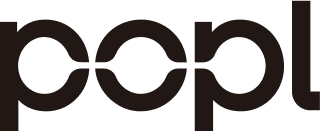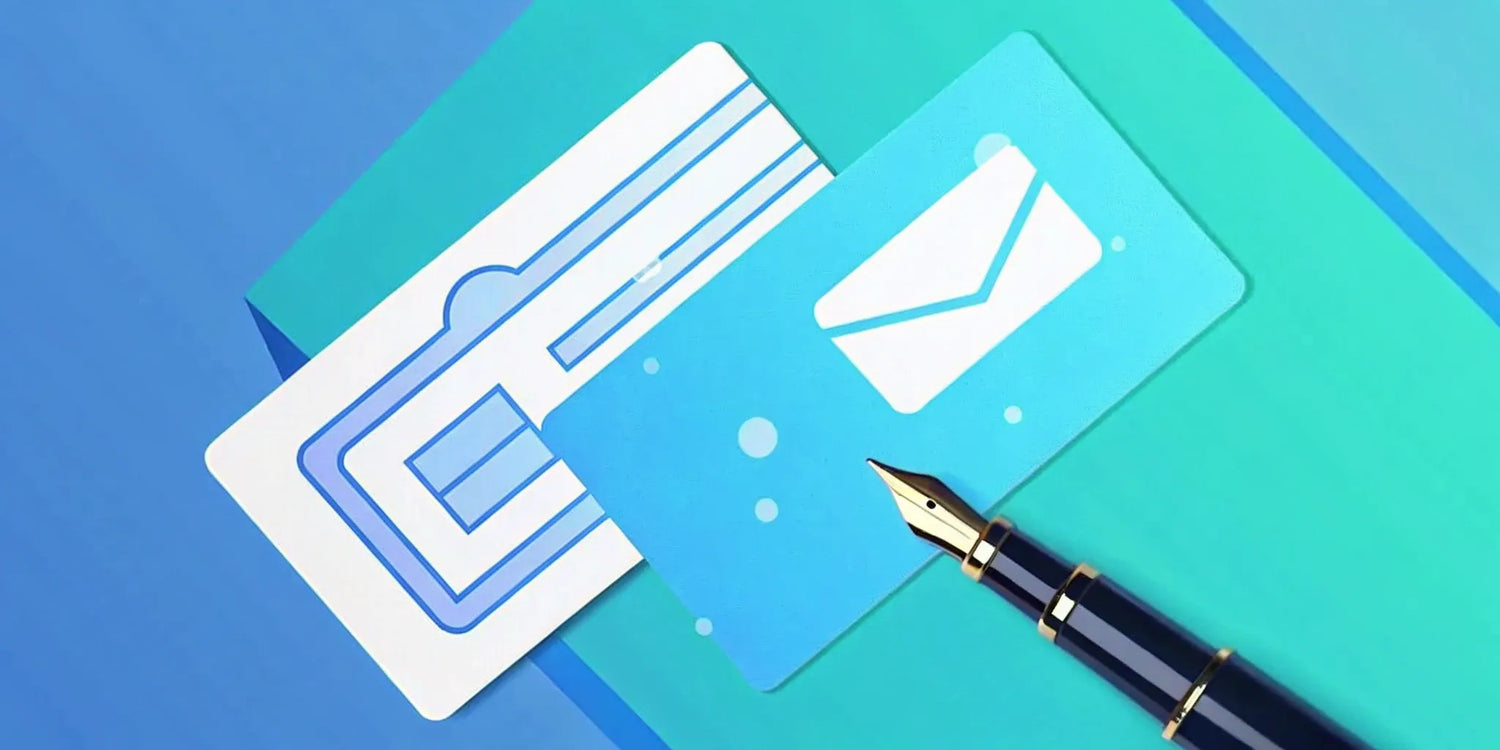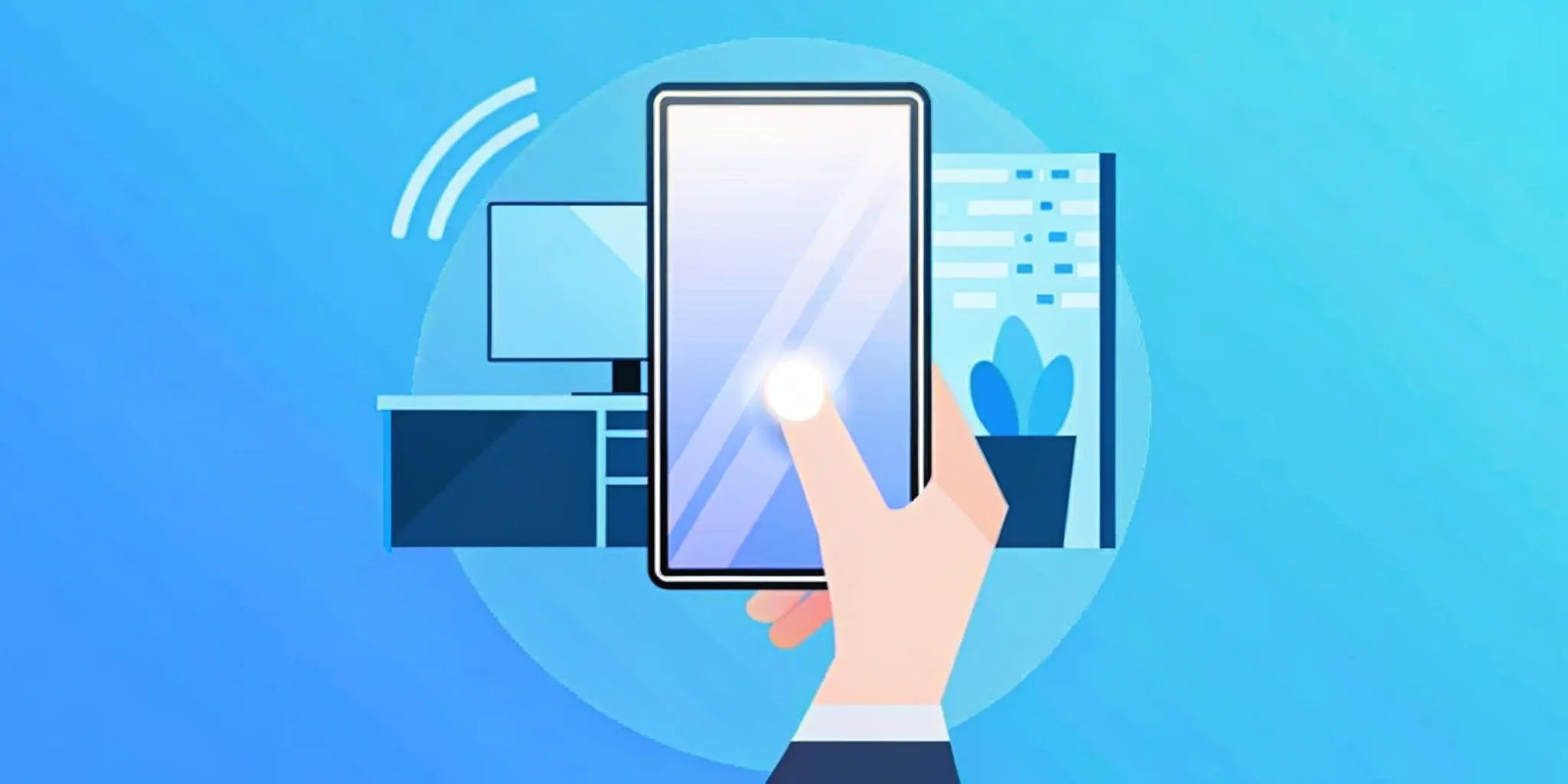Networking is the engine of business growth, and your business card is often the first handshake your brand extends. In a world where 72% of professionals say their first impression is shaped by a business card’s design, standing out is not optional—it’s essential.
Whether you’re connecting at a major conference or a local meetup, the right business card can open doors, spark conversations, and drive measurable results.
This guide breaks down how to design custom business cards that not only look great but also work hard for your brand.
We’ll cover the latest trends, practical design strategies, and how the best digital business card platform, Popl, transitioned into a holistic in-person marketing platform, is redefining what a business card can do for event marketing, lead capture, and sales enablement.
Key Takeaways
- Your business card is your first impression: Make it count with a professional design that reflects your brand, whether you choose a traditional or digital format. Think about how your card represents you and your business.
- Digital business cards offer flexibility and efficiency: Easily update your information, integrate with your CRM, and share interactive content for a modern networking experience.
- A strategic approach maximizes impact: Combine a well-designed card with effective networking strategies to build lasting connections. Consider special finishes, thoughtful distribution, and how your card integrates with your overall marketing efforts.
Why Custom Business Cards Still Matter in 2025
- Business cards remain a high-conversion tool: While digital channels are everywhere, digital business cards boast a conversion rate of up to 12%, far higher than the average website lead. They’re tangible, memorable, and, when designed well, a powerful extension of your brand.
- First impressions count: A well-crafted card signals professionalism and attention to detail. In crowded event spaces, it’s often your only chance to make a lasting impact.
- Hybrid networking is the new normal: Today’s professionals need digital business cards that bridge physical and digital worlds, making it easy to connect, follow up, and track ROI from every interaction.
Types of Custom Business Cards: From Classic to Cutting-Edge
Whether you prefer timeless elegance or want to make a bold, modern statement, today’s custom business cards come in a wide variety of styles to suit every brand and personality.
Standard Cards: Reliable and Recognizable
- Rectangular shape: Fits wallets and cardholders, universally accepted.
- Simple layouts: Prioritize clarity and accessibility.
- Best for: Traditional industries, formal events, and broad distribution.
Unique Shapes and Materials: Make a Statement
- Die-cut designs: Custom shapes (like a camera for photographers) instantly communicate your niche.
- Textured finishes: Embossing, debossing, foil stamping, and soft-touch coatings add a premium feel and tactile interest.
- Eco-friendly options: Recycled paper, plantable seed cards, and bamboo reflect sustainability values.
- Best for: Creative professionals, brands with a strong visual identity, and anyone aiming to be remembered.
Digital Business Cards: The Modern Networking Essential
- Instant sharing: Tap or scan to exchange contact info—no paper required.
- Always up to date: Edit details in real time, eliminating costly reprints.
- Interactive features: Add links, videos, portfolios, and more.
- CRM integration: Sync new contacts directly to your CRM, even offline, for seamless lead management.
- Best for: Sales teams, event marketers, and anyone who values efficiency and data-driven follow-up.
Example: At a recent trade show, a sales rep used Popl’s digital business card to capture 50+ leads in one afternoon, syncing every contact to their CRM without missing a beat.
How to Design a Business Card That Gets Results
Designing a digital business card that truly gets results starts with a clear strategy, one that blends eye-catching visuals with essential information to leave a lasting impression.
Include the Essentials
- Contact details: Name, title, company, phone, email, website.
- Social handles: LinkedIn, Instagram, or other relevant platforms.
- QR code or NFC: Direct recipients to your website, portfolio, or booking page for instant engagement.
Choose Colors and Fonts That Reflect Your Brand
- Consistent branding: Use your logo, brand colors, and fonts for recognition.
- Readability: Prioritize legibility over decorative fonts or busy backgrounds
- Trendy touches: Hand-lettered typography and lo-fi textures are on the rise for 2025, adding authenticity and warmth
Balance Creativity and Professionalism
- Custom illustrations: A hand-drawn element or unique icon can set your card apart, especially for creative fields
-
Minimalist layouts: Clean, uncluttered designs communicate confidence and clarity
-
Personal touches: A handwritten note or signature can increase engagement and memorability
Use Both Sides Wisely
- Front: Core contact info and branding.
- Back: Tagline, list of services, testimonial, or a special offer.
Choosing the Right Provider: Print vs. Digital
| Criteria | Print Cards | Digital Cards (Popl) |
|---|---|---|
| Update flexibility | Requires reprint | Instant, unlimited updates |
| Interactivity | Limited (QR code, NFC) | Full multimedia, clickable |
| CRM integration | Manual entry | Direct, automated sync |
| Sustainability | Paper/material waste | Paperless, eco-friendly |
| Cost over time | Higher (reprints, shipping) | Lower (one-time or subscription) |
| Offline functionality | Always available | Popl works offline |
Popl’s digital business cards combine the best of both worlds: instant sharing, CRM integration, and offline lead capture, making them ideal for event marketing and sales teams.
Event Marketing: Maximizing ROI with Smart Business Cards
Lead Capture and Sales Enablement
- Badge scanning: Use Popl’s app to scan event badges, business cards, or QR codes, capturing leads in seconds—even without WiFi.
- AI-powered enrichment: Popl automatically enriches contact data, filling in missing details and qualifying leads for your sales funnel.
- Real-time CRM sync: Every new contact is pushed directly to your CRM, reducing manual entry and follow-up delays.
Direct Marketing and Face-to-Face Strategies
- Personalized follow-up: Use data from your business card exchanges to send targeted emails or LinkedIn requests.
- Track ROI: Popl’s analytics show which events, team members, or card types drive the most conversions, helping you optimize your strategy.
Offline Lead Capture Solutions
- No internet? No problem. Popl’s offline mode ensures you never miss a lead, even in crowded venues with spotty WiFi.
Industry insight: Companies using Popl report up to 30% more leads captured at events compared to traditional methods, with a 25% faster follow-up rate.
Trends Shaping Business Cards in 2025
- Sustainability: Recycled and plantable cards are in demand, but digital cards are the most eco-friendly option.
- Interactive tech: QR codes and NFC chips are now standard for connecting offline and online experiences.
- Personalization: Custom illustrations, unique shapes, and even custom packaging help brands stand out.
- AI and automation: Platforms like Popl use AI to enrich contact data and automate lead management, saving time and increasing accuracy.
Best Practices for Business Card Success
- Proofread everything: Typos or outdated info can hurt your credibility.
- Order samples: Test card stock, finishes, and print quality before a large order.
- Store and present with care: Use a cardholder to keep cards pristine and professional.
- Update regularly: Digital business cards make this easy, but even print cards should be reviewed every quarter.
Frequently Asked Questions
What’s the biggest mistake with business cards?
Neglecting to proofread or update information. Always check details and order a sample before printing in bulk.
Are custom business cards affordable?
Yes. Basic print cards start as low as $0.05 each, while digital cards like Popl offer cost-effective, scalable solutions for teams of any size.
Should I use digital or traditional cards?
Both have value. Digital cards offer flexibility, interactivity, and sustainability, while print cards provide a tangible touchpoint. Many professionals use both for maximum impact.
How do I make my card stand out?
Use unique materials, finishes, or shapes. Add interactive elements like QR codes or NFC. Keep the design clean and on-brand.
What info should I include?
Name, title, company, phone, email, website, and social handles. Add a QR code or NFC for easy digital access.
Ready to Upgrade Your Networking?
A standout business card is more than a piece of paper or a digital profile—it’s your brand’s handshake, your first impression, and your ticket to new opportunities. Whether you’re printing premium cards or switching to a digital solution, focus on clarity, creativity, and connection.
Want to see how Popl can help your team capture more leads, integrate with your CRM, and maximize ROI at your next event? Book a demo or create your free digital business card today.
Your next connection could be your biggest opportunity. Make it count with a business card that works as hard as you do.
Frequently Asked Questions
What's the biggest mistake people make with custom business cards?
The most common mistake is neglecting to proofread carefully. Typos, outdated information, or a low-resolution logo can diminish your credibility. Always order a sample and review it thoroughly before printing in bulk. Also, think about how your card reflects your brand. A poorly designed card can make your business seem unprofessional.
I'm on a tight budget. Are custom business cards still an option for me?
Absolutely! Many online printing services offer affordable options, especially for larger quantities. Look for first-time customer discounts and promotions to maximize your budget. You can also explore using a simple design and standard cardstock to keep costs down.
Is it better to have a digital business card or a traditional one?
It really depends on your networking style and target audience. Digital cards are great for convenience, easy updates, and eco-friendliness. Traditional cards offer a tangible feel that some people still prefer. Using both can be a powerful strategy, giving you flexibility in how you connect.
How can I make my business card stand out?
Consider using unique materials, finishes, or shapes. A well-placed QR code or NFC technology can add an interactive element. Just remember to balance creativity with professionalism. Your card should be memorable but still reflect your brand appropriately.
What information should I include on my business card?
Your essential contact details are a must: name, title, company, phone number, email, and website. Consider adding your social media handles or a QR code linking to your online portfolio or a special offer. Don't clutter the card, though. Keep it clean and easy to read.
Related Articles
- How to Create Impactful General Contractor Business Cards
- Business Cards with Pictures: A Modern Approach to Networking
- Step Up Your Field Sales Game: The Power of Digital Business Cards
- Navigating the Networking World: Essential Tips for Effective Business Connections
- How to Use Eco-Friendly Digital Business Cards To Build Your Business







Leave a comment
All comments are moderated before being published.
This site is protected by hCaptcha and the hCaptcha Privacy Policy and Terms of Service apply.